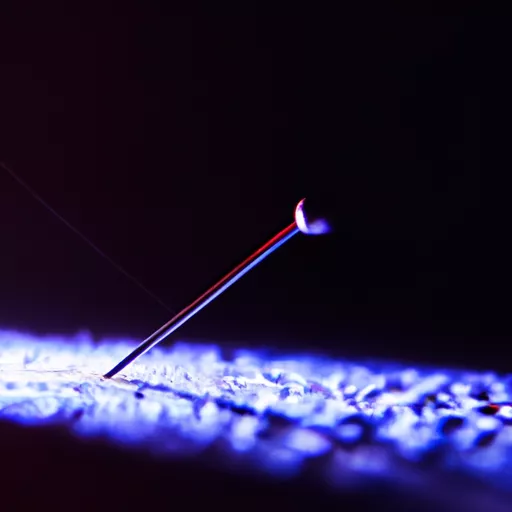
Web animations have become an integral part of modern websites, engaging visitors and making the visual experience more interesting and captivating. They help to grab users' attention, increase engagement, and enhance the user experience.
Creating interactive web animations is possible through the use of CSS (Cascading Style Sheets) and JavaScript. CSS allows you to define styles and animations for elements on a web page, while JavaScript enables you to add interactivity and dynamism.
In this article, I will tell you about some exciting effects you can create using CSS and JavaScript to bring your website to life:
1. Parallax effect: This effect creates a sense of depth and motion, as foreground elements move faster than background elements. To create a parallax effect, you can use the CSS "background-position" property or JavaScript libraries such as ScrollMagic or ScrollReveal.
2. Fade-in and fade-out effects: You can add effects of elements appearing and disappearing on the page using CSS animation or JavaScript. With CSS, you can use the "opacity" property to control the transparency of an element, and with JavaScript, you can use the "fadeIn" and "fadeOut" methods to add smooth fade-in and fade-out effects.
3. Smooth element transitions: Smoothly transitioning elements adds dynamism and a sense of movement to your website. You can use the CSS "transition" property to create smooth transitions between element states or JavaScript libraries such as Velocity.js or GSAP (GreenSock Animation Platform) for more complex animations.
4. Interactive hover effects: Hover effects are triggered when the mouse is hovered over an element. With CSS pseudo-class ":hover", you can define different styles and animations for an element when hovered over. You can also use JavaScript to add interactivity to hover effects, for example, creating particle effects or changing colors on hover.
5. Pop-up windows and modal windows: Pop-up and modal windows add interactivity to your website, allowing the user to display additional information or perform specific actions. You can create pop-up windows using CSS pseudo-class ":hover" or JavaScript events such as "click" or "mouseover".
6. Animated sliders and carousels: Sliders and carousels add motion and dynamism to your content. You can create animated sliders using CSS properties such as "transform" and "translateX", or use JavaScript libraries like Slick or Swiper for more complex animations and additional features.
7. Animated icons and buttons: Animated icons and buttons grab users' attention and can be used to call to action. You can create animated icons and buttons using CSS properties such as "transform" and "transition", or use JavaScript to add effects like "ripple" or "bounce".
Bringing your website to life with interactive web animations not only makes it more appealing to users but also helps improve the user experience and increase engagement. Use CSS and JavaScript to create captivating effects that can interest and retain your visitors. Don't be afraid to experiment and be creative - the possibilities are endless!


